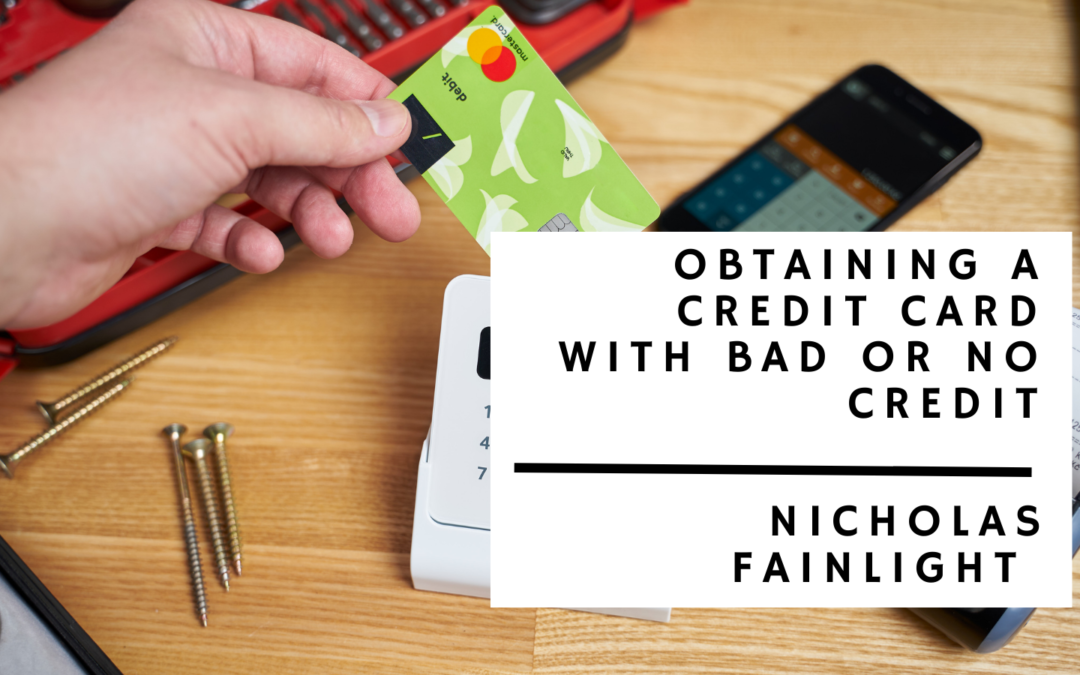To people attempting to enter it for the first time, the credit market can look like one enormous catch-22. A person needs credit in order to get credit, but can’t get credit until he or she has credit. Fortunately, this contradiction isn’t quite as impenetrable as it seems on the surface. Here are three ways to get a credit card with bad credit or even no credit at all.
Get a Secured Credit Card
Getting a secured card is the fastest and easiest way for people with bad or no credit to get credit cards. Secured cards allow users to put down a deposit and then borrow against it. In most cases, the deposit acts as the user’s credit limit. Once the user has shown responsible credit usage over a period of time, the card will usually be transitioned to a more traditional credit card. At that point, the security deposit is returned to the user.
Become an Authorized User on an Existing Credit Account
Another way to build credit history is to become an authorized user on another person’s credit account. An authorized user can access credit by piggybacking on the existing credit of the account holder. New credit users should be careful, though, as becoming an authorized user can have negative impacts on a person’s credit score. If the account holder’s credit score suddenly goes down, the authorized user will also take a hit to his or her score.
Use a Credit Building Loan to Establish Credit
A more long-term approach to getting a credit card is to first establish credit using a credit builder loan. These loans allow borrowers to deposit money into savings accounts on a monthly basis, then receive the deposited total back at the end of the loan term. Credit builder loans can be a bit slow compared to using a secured credit card responsibly, but they are fairly effective for establishing a positive credit history.
Any one of these three methods will allow those with bad credit or no credit to open credit card accounts. Potential borrowers should weigh their options carefully and decide which one is the best fit for their financial goals and current resources.
